|
by Dark Watcher |
|
|
Nintendo stretched the life of their 16-bit console for as long as they could. Their initial attempts at entering the market
with a 32-bit CD add-on (see PlayStation) never saw the light of day. After the releases of Sony and Sega's 32-bit systems,
Nintendo began spreading the word of their new console in development. The leap to a 64-bit console became known as Project
Reality. The system was a joint venture by Nintendo and Silicon Graphics. Nintendo would later change the name to Ultra
64. Nintendo shocked developers and gamers alike with the decision to remain with a cartridge format instead of CDs, which had become the most favorable game media for the time. This turned away many third party software developers who felt the cartridge did not have the storage capacity to handle their game projects (a weakness that hurt the Atari Jaguar). Nintendo stuck by the cartridge format saying that it was the best media to use with the Ultra 64 and that CDs would be plagued with extreme load times. Also carts were more durable then CDs which are prone to scratching (particularly with younger kids). Eventually Nintendo would put all doubts to rest in 1995 with a playable Super Mario 64 shown at a Japanese trade show. The lush 3D visuals were enough to regain interest in Nintendo's new console. On June 20th, 1996, the console was again renamed Nintendo 64. It was released in Japan along with Super Mario 64 and two other games. It was then released in USA on 29 September of the same year. Other countries saw N64 releases soon after. |
|
|
The console was an immediate success, but a shortage of quality games began to slow system sales. Games were released in small
trickles. Developers found the cartridge format limiting. Effects such as Full Motion Video and large quantities of
voiceover, music and sound effects could not be reproduced due to the limited storage capacity (keep in mind however that N64 can
produce CD quality sound). Gamers found some of the N64 third party game releases cheaper on rival consoles CD formats (carts
had a high manufacturing price which was filtered down, naturally, to the consumer). The same held for other game titles large
in size. The more megabits the cart the... the higher the price. Even with the small amount of game releases, Nintendo managed to release amazing game titles based on franchise characters from their SuperNES / NES days. Also with help from RARE, the company that breathed new life into the SuperNES with Donkey Kong Country, the Nintendo 64 saw some great game exclusives that kept gamers happy with their console choice. While 64-bit updates to popular SuperNES games was the way to go, it also generated a Nintendo 64 stereotype of being a "kiddy" console (although most of those supposed kiddy games are amazingly fun). Rival console manufacturers would use this stereotype to their advantage in an effort to attract older 'hardcore' gamers. |
|
|
Nintendo clearly understood that the cartridge storage abilities would limit third party developers. In 1997 they began
announcing a device called the Nintendo 64 Disk Drive or N64DD for short. It would be a magnetic disk drive, which connected to
the N64's expansion port. The device would add an addition 4 megabytes of RAM to the N64 and offer 64 megabytes of additional
read / writeable RAM for developers to use. The device saw numerous delays and eventually was released in Japan only.
Other countries however did receive the N64 Expansion Pack. This accessory was released around 1998. It added an additional 4Mb
of RAM. Games specifically made to take advantage of its capability could increase the game's resolution, improve graphics, make
levels larger, etc. For other games however it did nothing. In the end Nintendo 64 was a remarkable machine that brought about innovations such as controller 'rumble' effects and analog / digital controllers. The console was supported well into 2002 and sold over 30 million units worldwide. It also marked the end of the 'Cartridge Era'. FACT: The N64 console was developed in a wide assortment of colors. Even a special edition Pikachu (ph33r the Pikachu!) unit was created. |
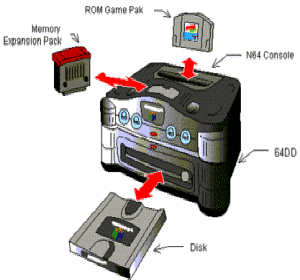 |
 HANDS ON REVIEW HANDS ON REVIEWby Tan |
|
|
They say that first impressions are everything. So if you describe the NES as "plain and utilitarian", the SNES as "robust and
simplistic", you probably would agree that the N64 is "unique and non-conforming" in both aesthetics and design. Like a
1960s
muscle car, it has curves and angles in its appearance which while obvious to anyone looking at it, is primarily for style not
function. Meanwhile, it has bulky cartridges, a chunky power supply and chubby, round controller ports which together, give it a
"child's building block set" sort of style. This sort of contradictory design philosophy applied to its software as well as its
hardware. Like many gamers I couldn't help but stare at it the first time I laid eyes on it. The console itself was certainly different but it was the controllers that really intrigued me. Multi-colored buttons, three handles and a trigger in a grey shell? Unmistakable if a bit odd. It is a design philosophy that they would embrace for years to come. I freely admit that I still find it awkward to get used to when I'm not playing it regularly! |
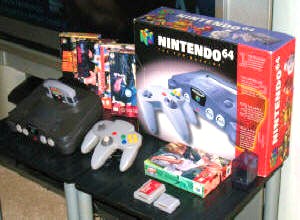 |
|
At the time, analog sticks weren't all that common as standard equipment. In fact, the game industry promptly forgot about the
technology for the most part since the early 80's. It was perfect timing too, as the advent of the 3D age for game consoles had
emerged in full force and digital control, be it in a pad or stick form, was inadequate for the task. Super Mario 64 played with
an analog stick was a "match made in heaven" technologically speaking. Don't believe me? Try playing Bubsy 3D on the
PlayStation with a digital pad! That game was released years before Sony's Dual Shock controller came out and suffered for it. Regardless of its hardware or appeal, in the end it's all about the games isn't it? I don't think I could name a more contradictory system as far as its game library than this one. Third party support, cartridges media and Nintendo's heavy-handed approach to licensing games played a huge part in shaping gaming history for this machine. When you read the excellent article by Dark Watcher above, you understand how the limitations and sales of this system hindered game production. With a library of games well below the 400 mark, the kind of variety found on systems past and present just isn't there. With the controller design, its cartridge media and the "family appeal", some genres such as RPGs, fighting, racing and light gun games are found lacking or just non-existent. Instead, they found a home on other consoles where many of them became classic titles or remain long-running and popular franchises to this day. |
|
|
Now that's not to say Nintendo didn't have its share of fantastic games or must-have titles. Quite the opposite in fact.
Games that were able to take advantage of this polygon powerhouse and/or its standard four controller ports were huge successes.
Games like Goldeneye 007, Donkey Kong 64, Diddy Kong Racing and Star Wars Rogue Squadron still sit proudly on my shelf with both a
rich personal history of playing these filled with good memories as well as appreciation for the fine games they continue to be even
now. I can't even hook a system up without playing at least one game of Wetrix or appreciate how much nicer Ridge Racer 64 looks
compared to its PS1 counterpart. Being a gamer since the early 80's, I can tell you that few experiences rivaled four player N64 games when they were new. Many a night was spent with pizza, beer and four player Bond. Or the good-natured cursing and trash-talk that accompanied Mario Kart 64 or Diddy Kong Racing. Everyone had a good time, everyone had a different colored controller and everyone had fun. The N64 may not be on my shortlist of personal favorite game systems but it certainly left a strong impression. Especially on just how fun multiplayer could be. |
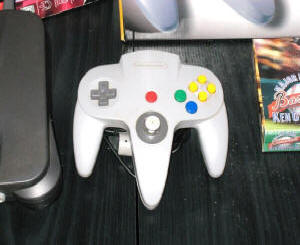 |
|






 2010s - NOTES
2010s - NOTES


 MODELS
MODELS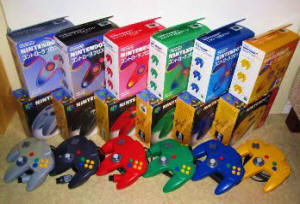
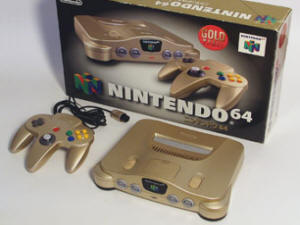
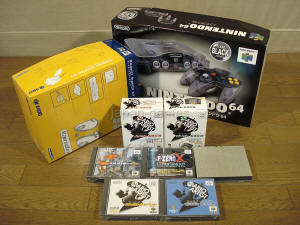
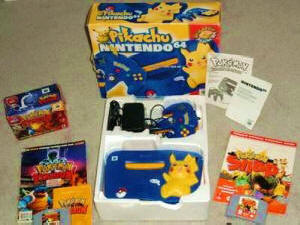
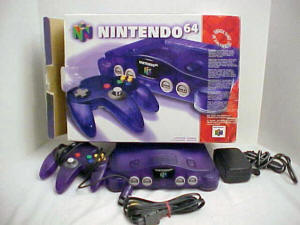
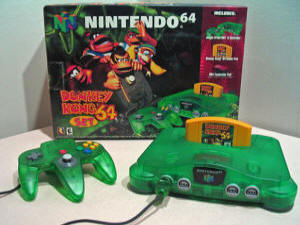
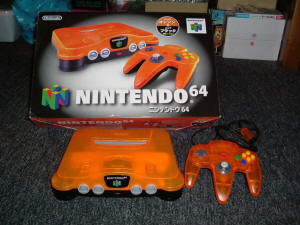
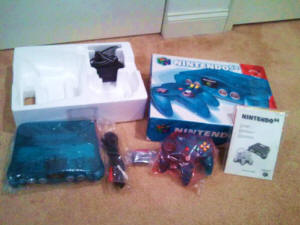
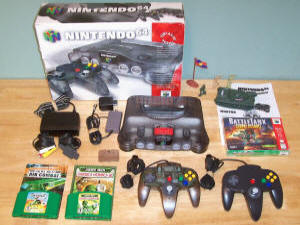
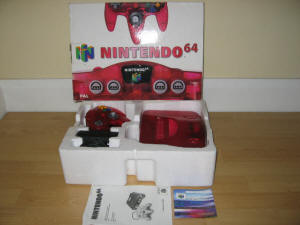
 CLONES
CLONES FORMAT, PACKAGING & GENERAL INFO
FORMAT, PACKAGING & GENERAL INFO
 SCREENSHOTS
SCREENSHOTS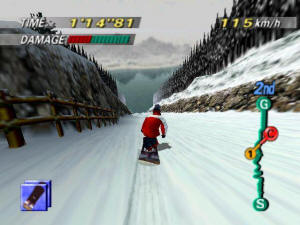
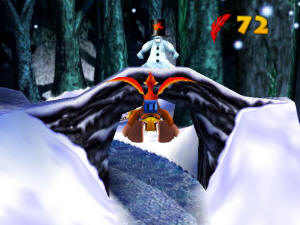
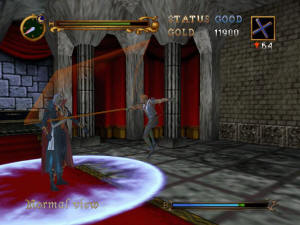
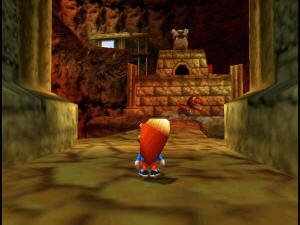
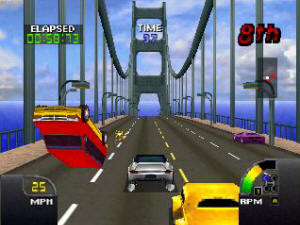
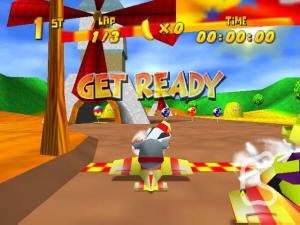
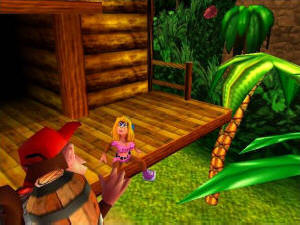
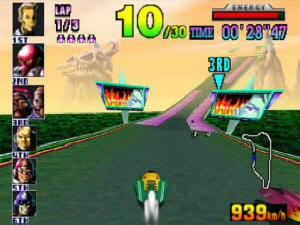
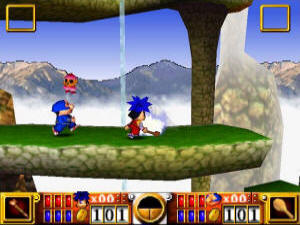
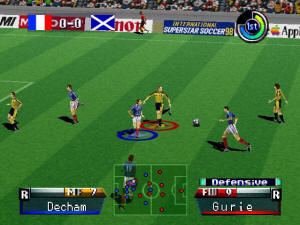
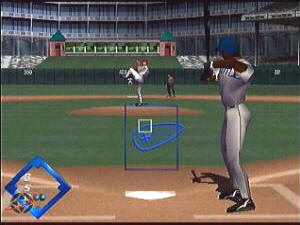
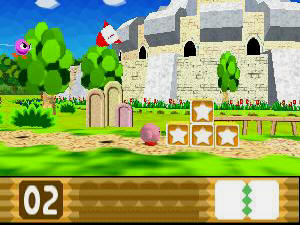
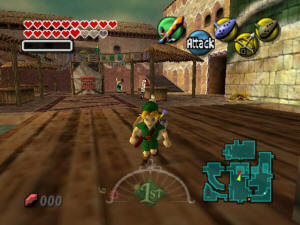
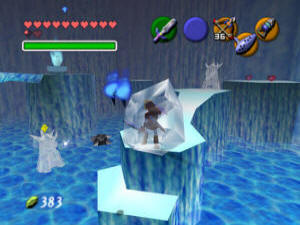
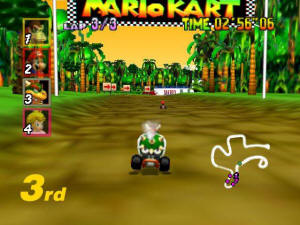
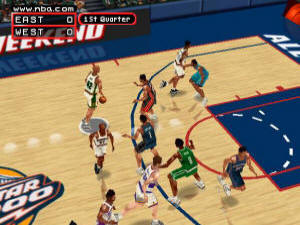
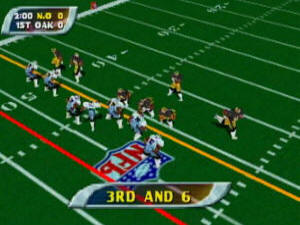
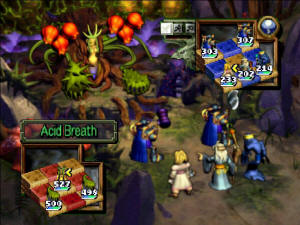
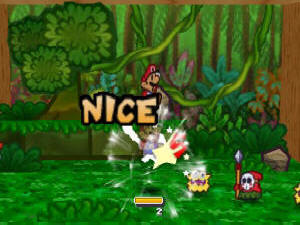
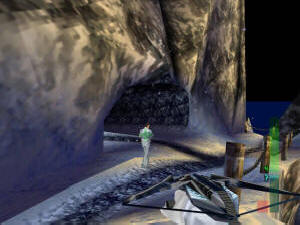
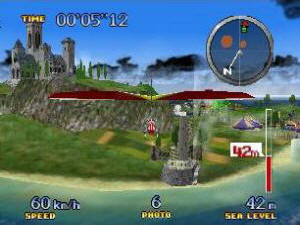
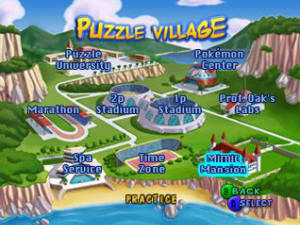
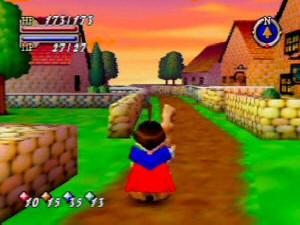
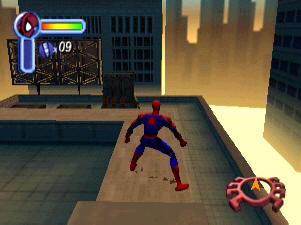
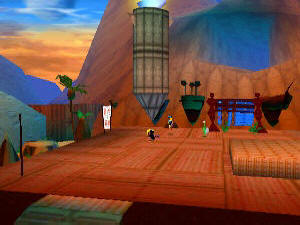
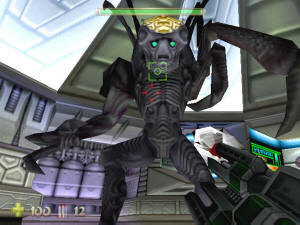
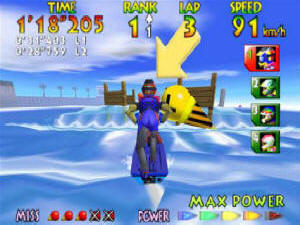
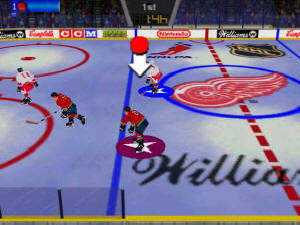
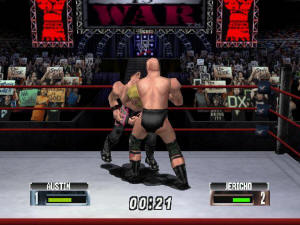
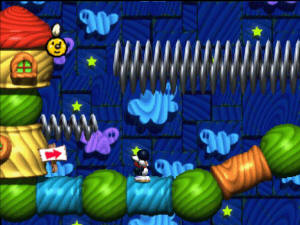
 EMULATION
EMULATION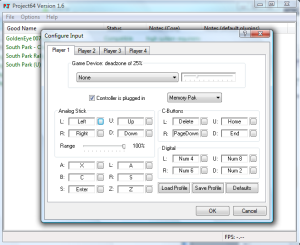
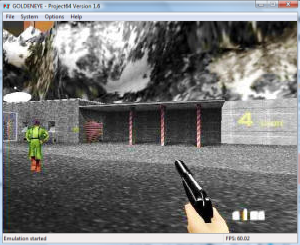
 SPECS & MANUALS
SPECS & MANUALS OTHER
MEDIA
OTHER
MEDIA WEB RESOURCES
WEB RESOURCES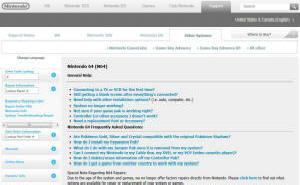
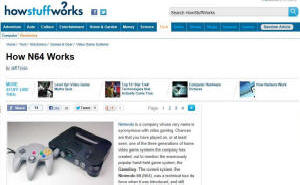
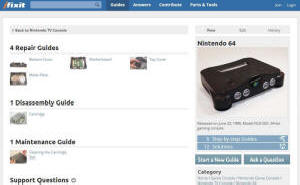
 DISCUSS
DISCUSS